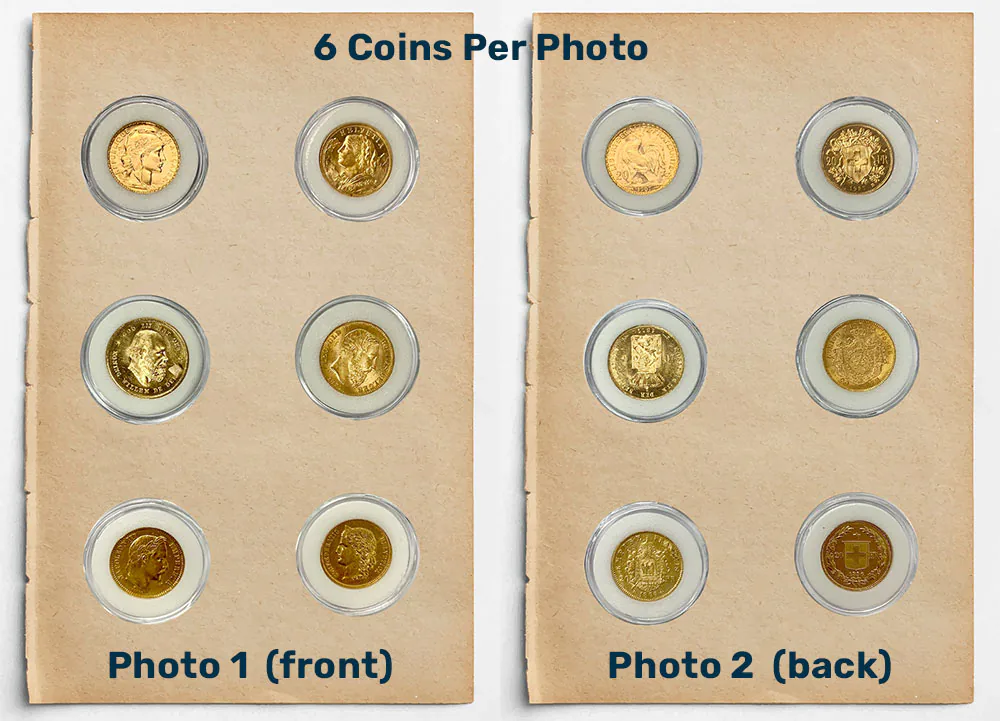What is the Spot Price of Silver?
To sell silver at fair market value, you need to know what a spot price actually is and what it means, so let’s break it down for you. When people refer to silver coin spot prices, or the spot price of any metal for that matter, they are referring to the price at which the metal may be exchanged. In other words, the spot price is the price at which silver is currently trading.
Spot prices are often referred to in the silver and gold markets, as well as crude oil and other commodities, and are commonplace in most investment conversations. Spot price or melt price is in a constant state of flux and discovery and is therefore closely monitored by banks, financial institutions, dealers, and retail investors.
All of the precious metal products on our website, from gold to silver, even platinum and palladium, can be sold to Cash For Any Coins at fair market value. You will notice that prices update every few seconds during market hours to keep up with the ever-changing nature of the market on a whole. This attention to detail means we are kept constantly up to date, and it also allows clients to make a return on their investment based within the latest market conditions possible, and makes us the best place to sell silver coins online.
Silver As A return on Investment – A Brief History
Since the beginning of the 21st Century, silver prices have increased overall, catching the attention of many investors looking to sell silver at fair marker price. Many people look to precious metals, such as silver, to help protect themselves against the ongoing devaluation of the U.S. dollar (or other fiat currencies) and volatility in the stock market. Other investors, sometimes referred to as “preppers,” believe silver will play a key role in bartering and trade in the event of an economic collapse.
If you’re in the market to sell your precious metals, particularly silver, it is available for investment in many different forms, including paper silver and silver bullion. Physical silver bullion is most commonly found in coin, round, and bar form with several size options for each. Some investors enjoy owning government-minted coins while others prefer paying lower premiums for bullion bars and rounds. In any case, there are a vast amount of options available in terms of this investment vehicle.
There are lots of variables and different aspects to consider when looking to sell silver at fair market value, or when you’re looking to invest in any precious metal. That’s why we’ve put together a quick FAQ question, to help answer any burning questions you might have relating to the selling of precious metals, particularly silver.
Get in touch today
Have a question or would like to know more about silver spot prices? Simply contact us today and our team will be happy to help!
If you are looking to sell silver coins online, we’re here for you! We’ll buy at above spot prices and provide secure fully insured shipping.







